 James T. Conway
James T. Conway
Entry Category: Military Science
 James T. Conway
James T. Conway
Conway, James T.
 Everett Cook
Everett Cook
Cook, Everett Richard
Cook, Gilbert Richard
Cook, Virgil Young (V. Y.)
Cooke, Charles Maynard “Savvy,” Jr.
Cotton Plant, Affairs at
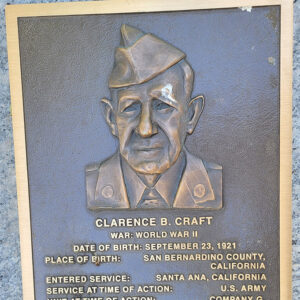 Clarence B. Craft Plaque
Clarence B. Craft Plaque
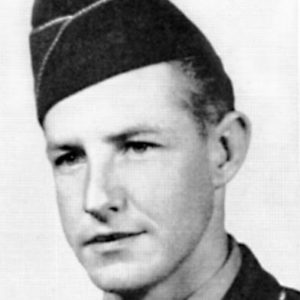 Clarence Byrle Craft
Clarence Byrle Craft
Craft, Clarence Byrle
Craighead and Lawrence Counties, Scout in
Crawford, William Ayers
Crockett, Woodrow Wilson
Crooked Creek, Skirmish at
Cross Hollow (Camp)
Cross Hollow, Skirmish at
Cross-Roads, Skirmish at
CSS Arkansas
CSS General Earl Van Dorn
aka: CSS Van Dorn
aka: CSS Earl Van Dorn
aka: CSS General Van Dorn
aka: Junius Beebe
CSS General M. Jeff Thompson
CSS General Sterling Price
aka: CSS General Price
aka: CSS Price
aka: Laurent Millaudon
aka: L. Millandon
aka: Milledon
CSS Maurepas
CSS Pontchartrain
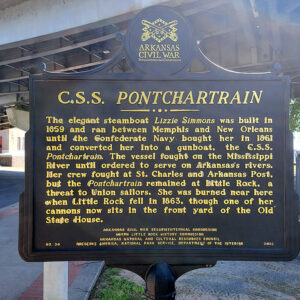 CSS Pontchartrain Marker
CSS Pontchartrain Marker
Curtis, Samuel Ryan
Cypress Creek, Skirmish at (December 1, 1864)
Cypress Creek, Skirmish at (May 13, 1864)
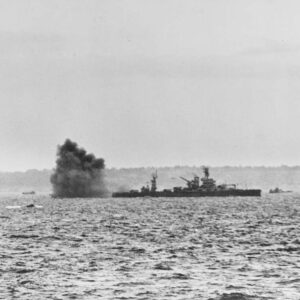 D-Day Support
D-Day Support
Dalton, Donald
 William O. Darby
William O. Darby
Darby, William Orlando
Dardanelle and Ivey’s Ford, Actions at
Dardanelle, Capture of
Dardanelle, Skirmish at (August 30, 1864)
Dardanelle, Skirmish at (September 12, 1863)
Dark, John William (Bill)
 Dave Wallace
Dave Wallace
Davidson, John Wynn
Davis, Herman
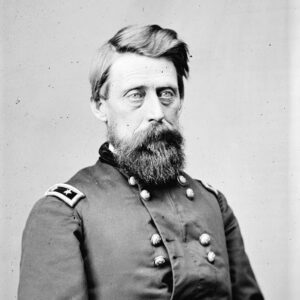 Jefferson C. Davis
Jefferson C. Davis
Davis, Jefferson C.
 Dedication Program
Dedication Program
Des Arc and DeValls Bluff, Capture of
aka: Capture of DeValls Bluff and Des Arc
Des Arc and Peach Orchard Gap, Skirmishes at
Des Arc Bayou Expedition
aka: Searcy Expedition
aka: West Point Expedition
Des Arc Bayou, Action at
Desert Storm
aka: Gulf War
aka: First Gulf War
aka: Desert Shield
aka: Persian Gulf War
aka: Operation Desert Storm
Desertion (Civil War)
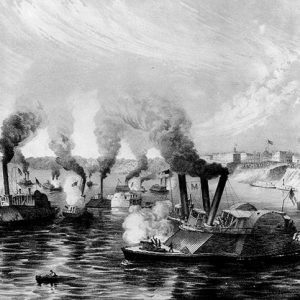 Destruction of Rebel Fleet
Destruction of Rebel Fleet




